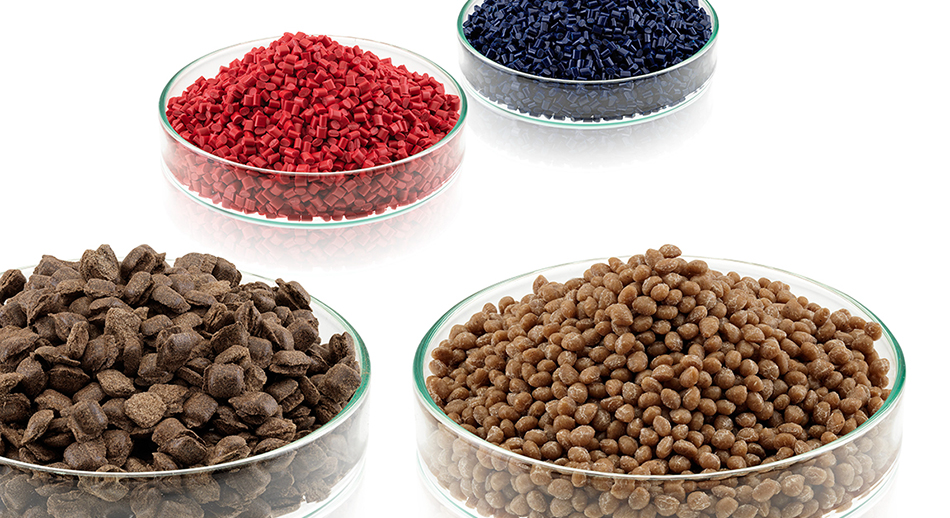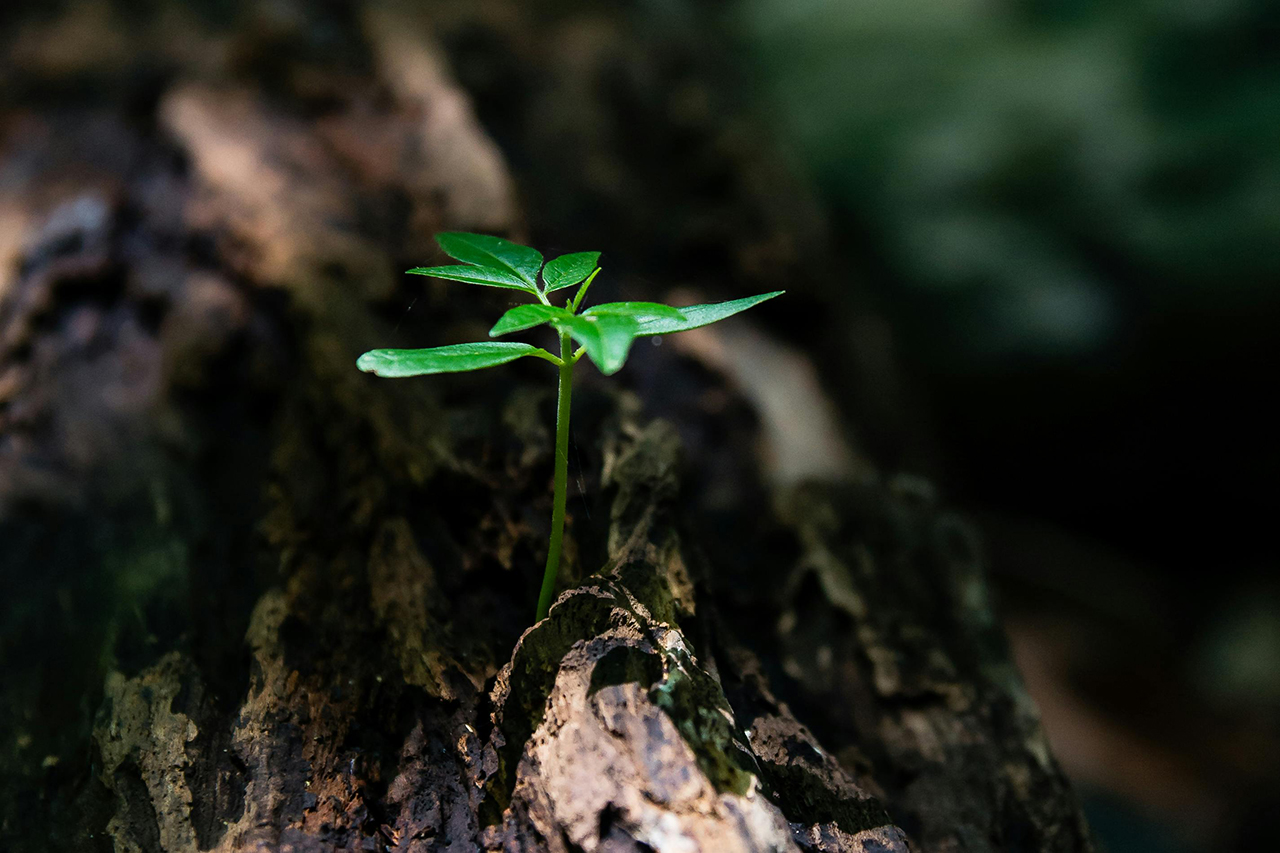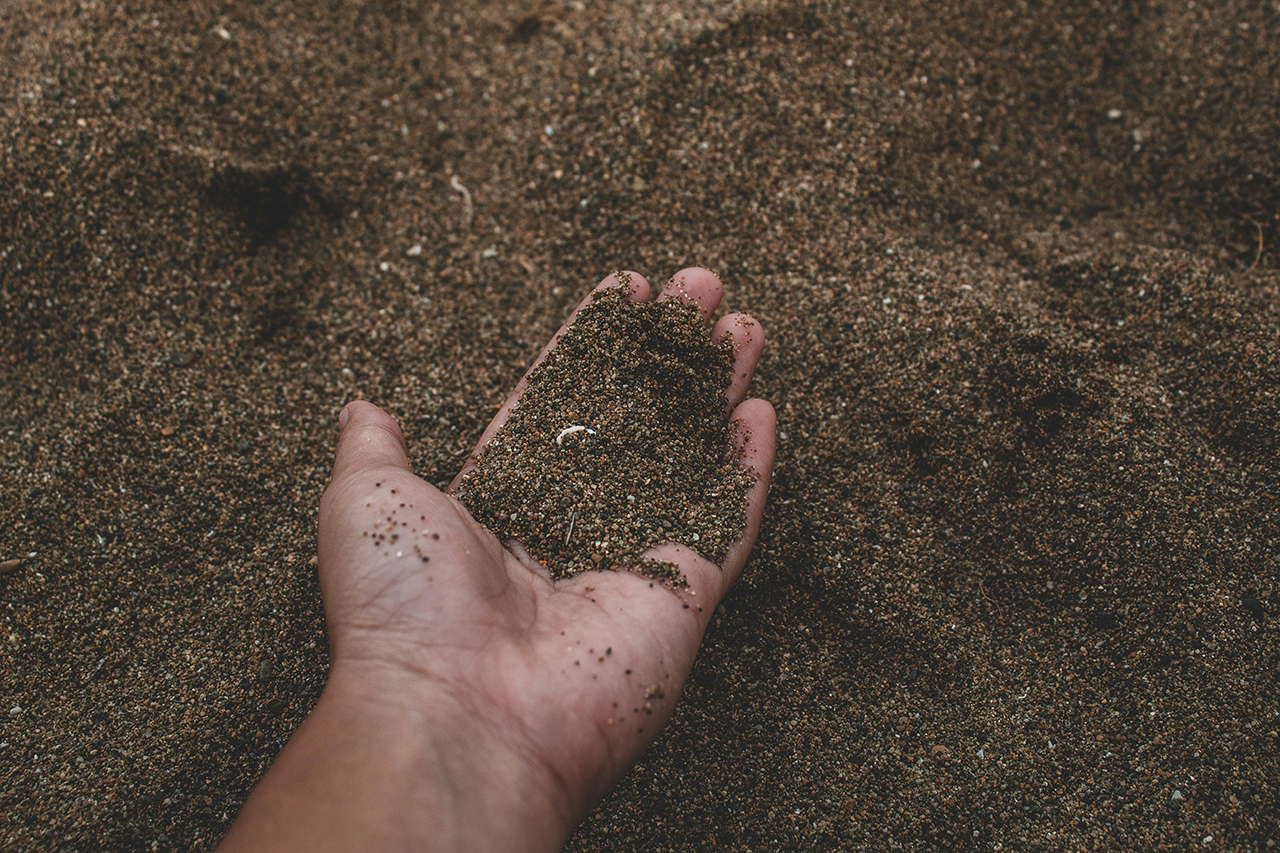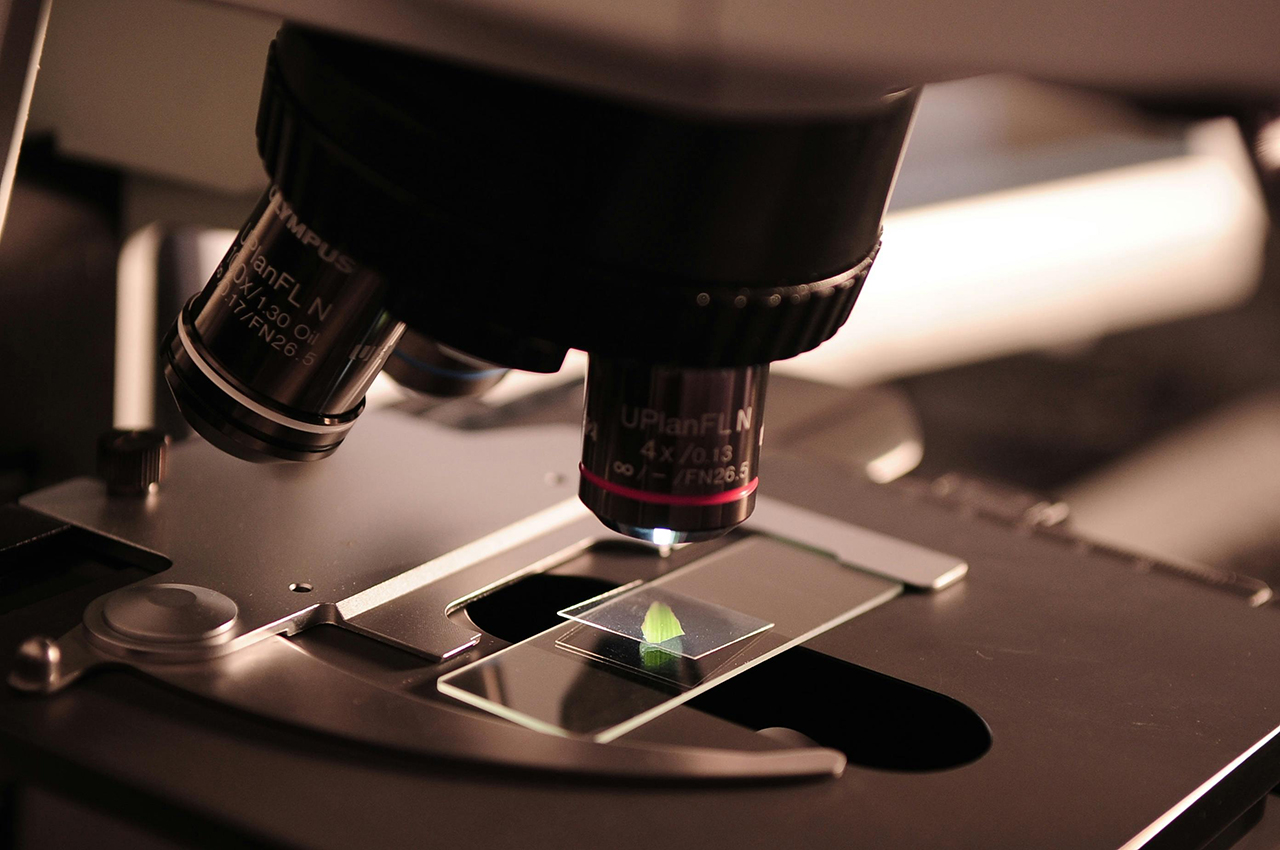What are biodegradable plastics?
Biodegradable plastics can be broken down by microorganisms under suitable environmental conditions and then degrade into water, carbon dioxide and biomass. For products that frequently end up in the environment, they can prevent the entry of microplastics.
Biodegradable does not automatically mean bio-based! There are also biodegradable plastics that are made from fossil raw materials.
However, products that are biodegradable under industrial or home composting conditions are not necessarily biodegradable under (forest) soil conditions. Therefore, when purchasing biodegradable products for forestry applications, always pay attention to the respective degradation conditions and have these confirmed by the respective producer.
Source: FNR



